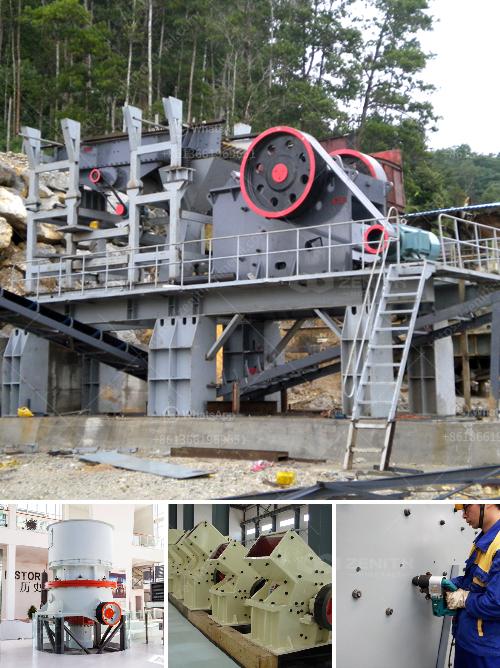Raymond Mill, also known as Raymond Roller Mill, is a commonly used grinding machine in industries such as mineral processing, chemical engineering, and building materials. It works based on the principle of grinding by compression, friction, and impact.
Here's a brief overview of how it operates:
Raw Material Feeding: Raw materials are introduced into the Raymond Mill via a vibrating feeder. These materials are usually coarse, so the first step involves them being crushed to a manageable size.
Grinding: The material gets into the main grinding chamber, where a set of rollers rotates around a central axis. A centrifugal force pushes the rollers against the grinding ring, a fixed circular component. As the rollers roll across the ring, the material is ground into finer particles by a process of continuous compression and friction.
Classification: Once the material is ground, a forced draft fan blows the fine particles upwards. These particles pass through a classifier positioned above the grinding chamber. The classifier uses centrifugal force to separate particles according to size.
Collection: Finer particles that meet the required size criteria are collected through a cyclone separator or a bag filter, depending on the design of the mill. Larger particles that do not meet size requirements are sent back to the grinding chamber for further processing.
Exhaust and Air Flow: The whole process is maintained within a controlled environment. Airflow is essential for moving materials through the mill and is managed by adjusting fan speeds and damper positions. Any excess air is filtered through dust collectors to minimize emissions.
Raymond Mill is favored for its efficiency, low energy consumption, and ability to produce fine and uniform particles. Proper maintenance and operation are essential to ensure optimal performance and longevity of the equipment.

